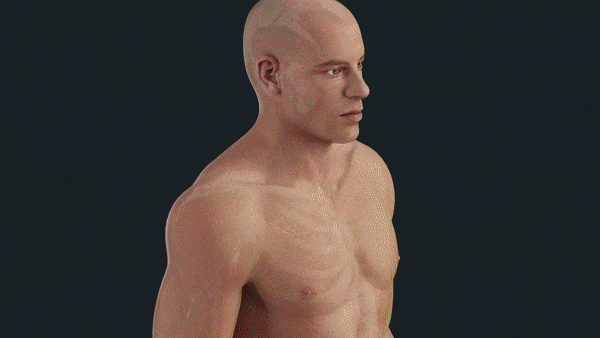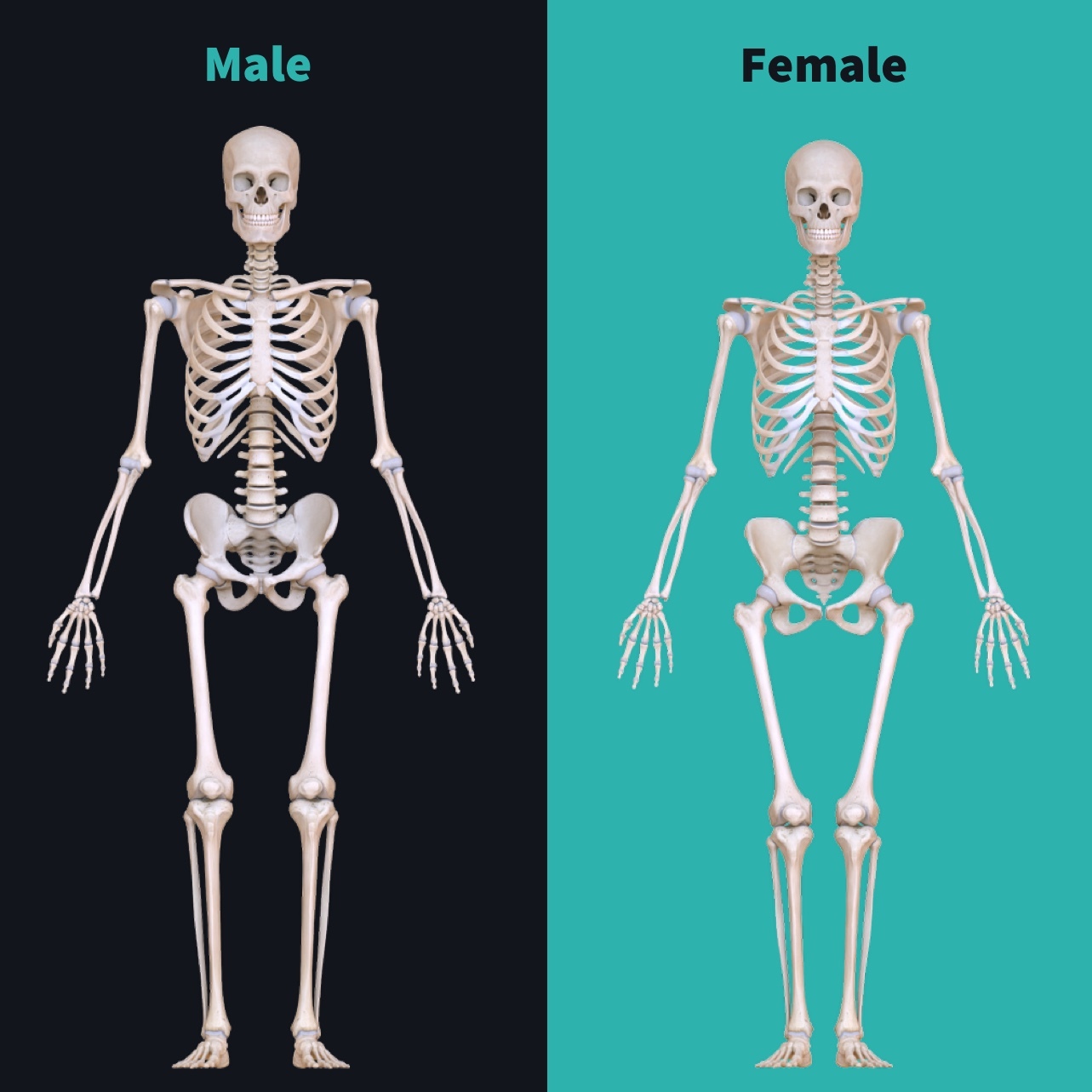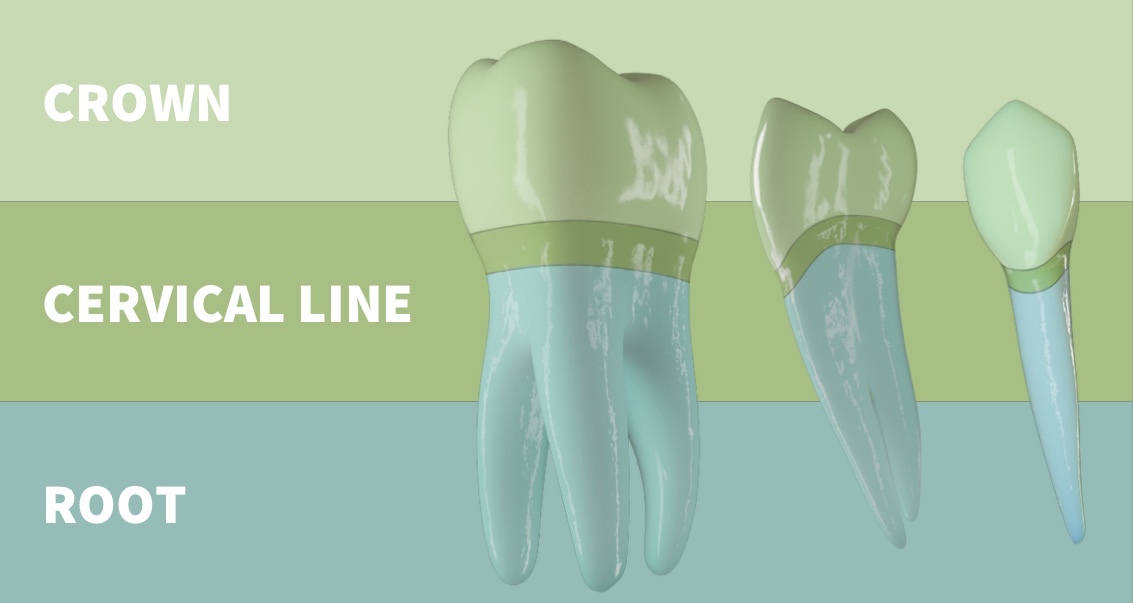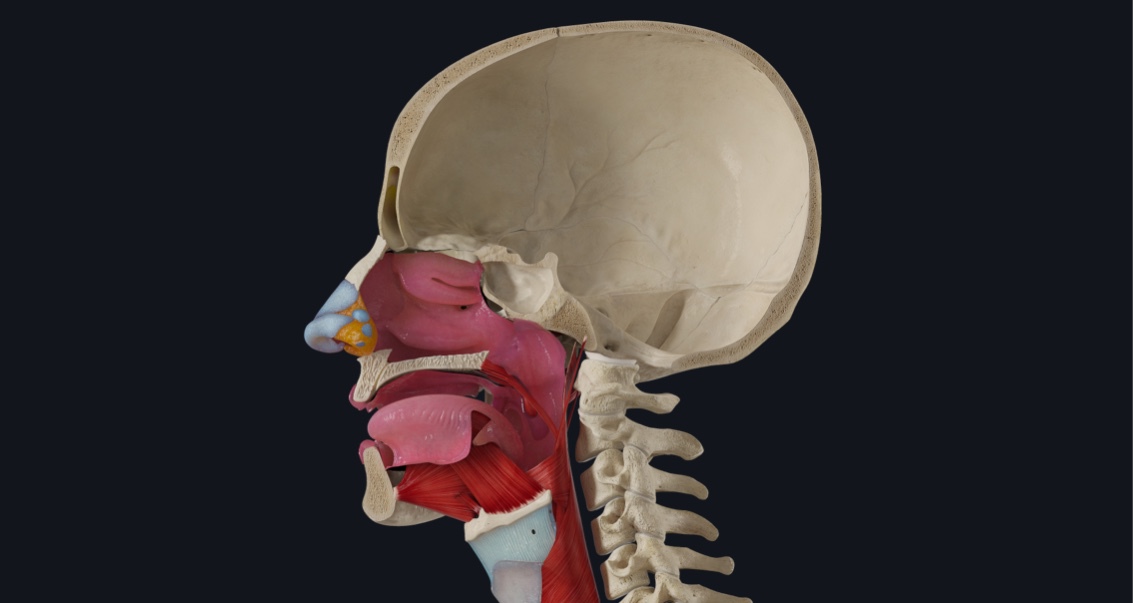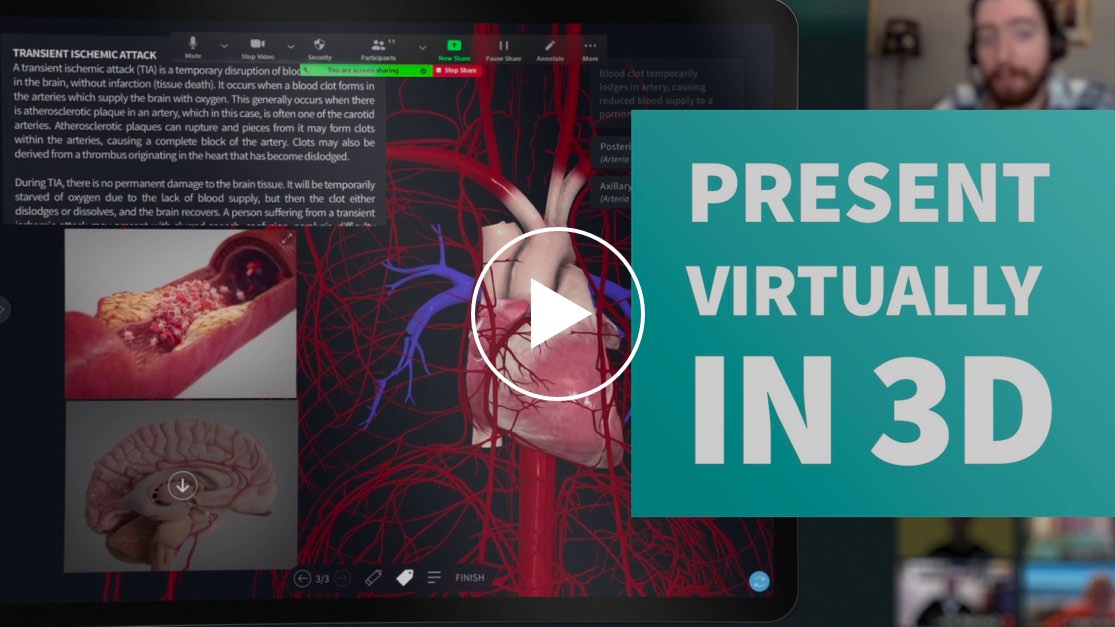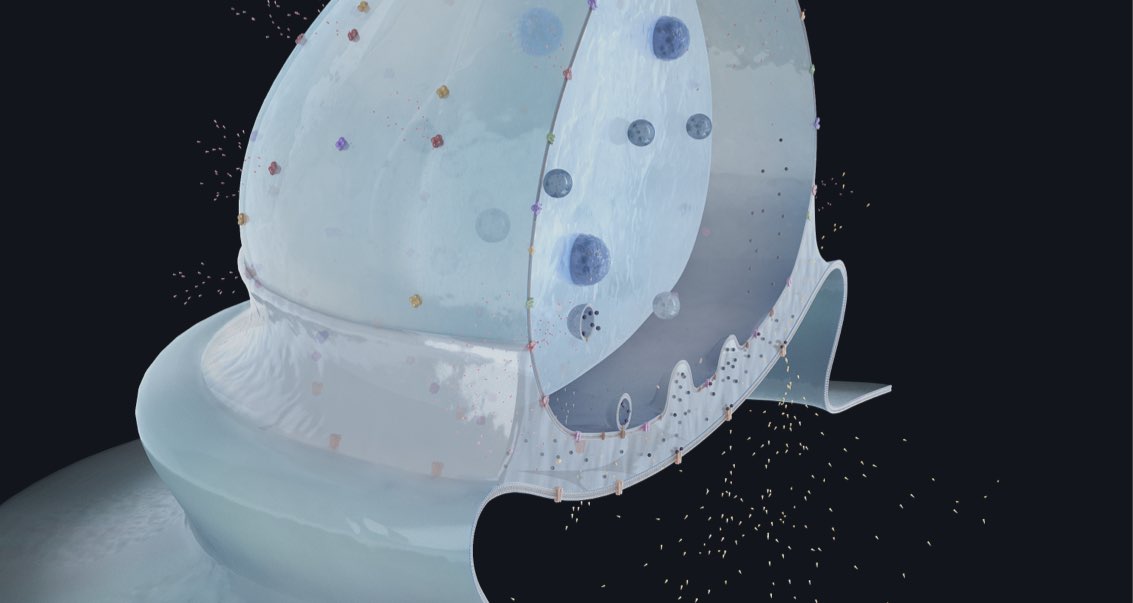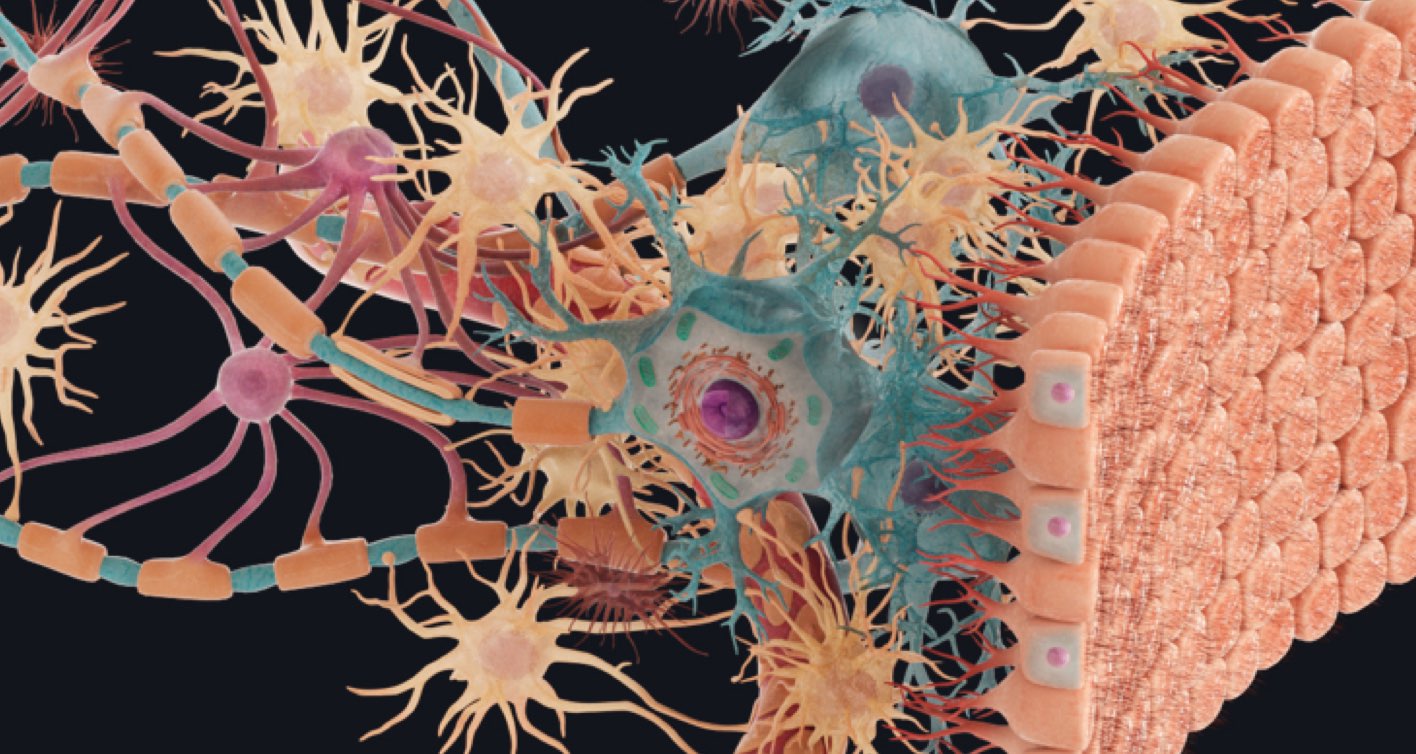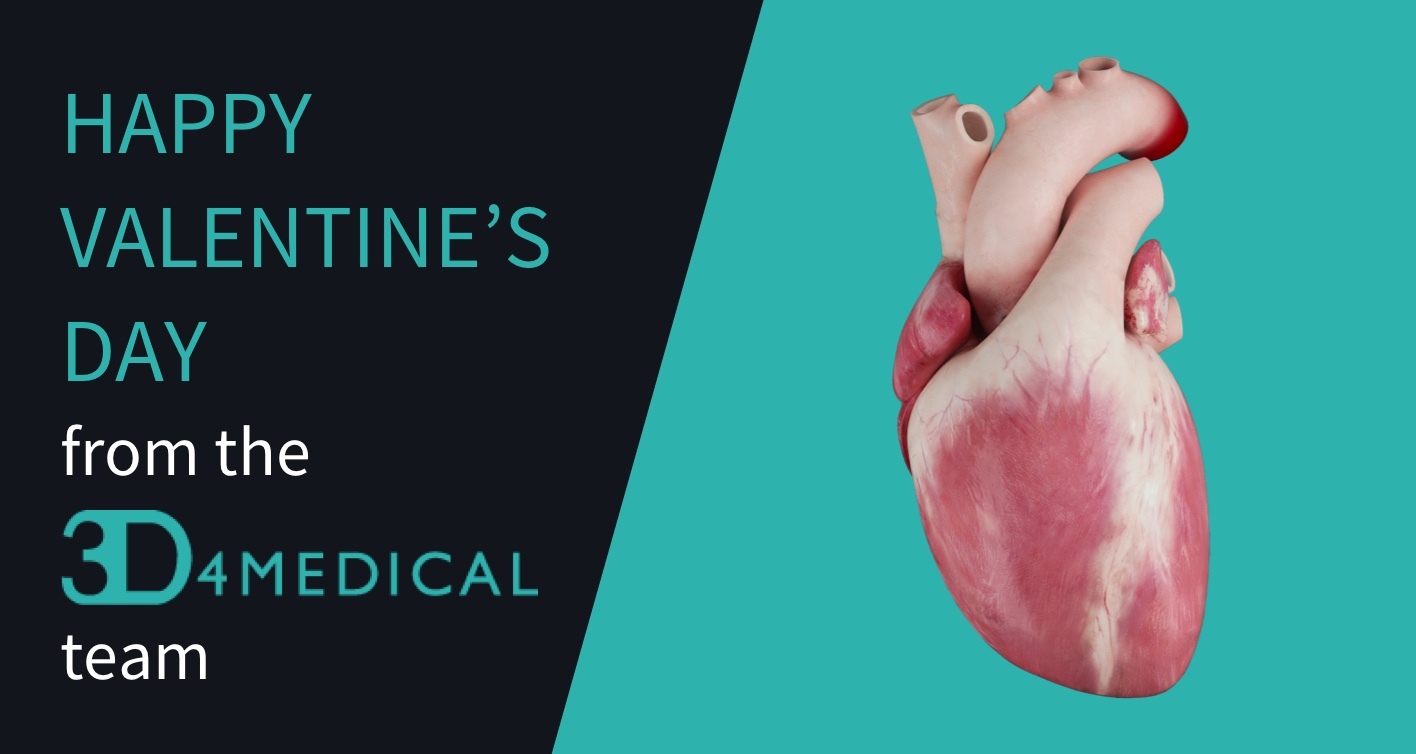
❤️ Ever wondered why the symbol of the heart is so anatomically inaccurate to the real thing?? How can chemistry explain “What is love?” and the feeling of endearment?? What causes “broken-heart” syndrome? We like to look at affairs of the heart from a slightly different perspective. Read on to find out more. The origin […]READ POST
